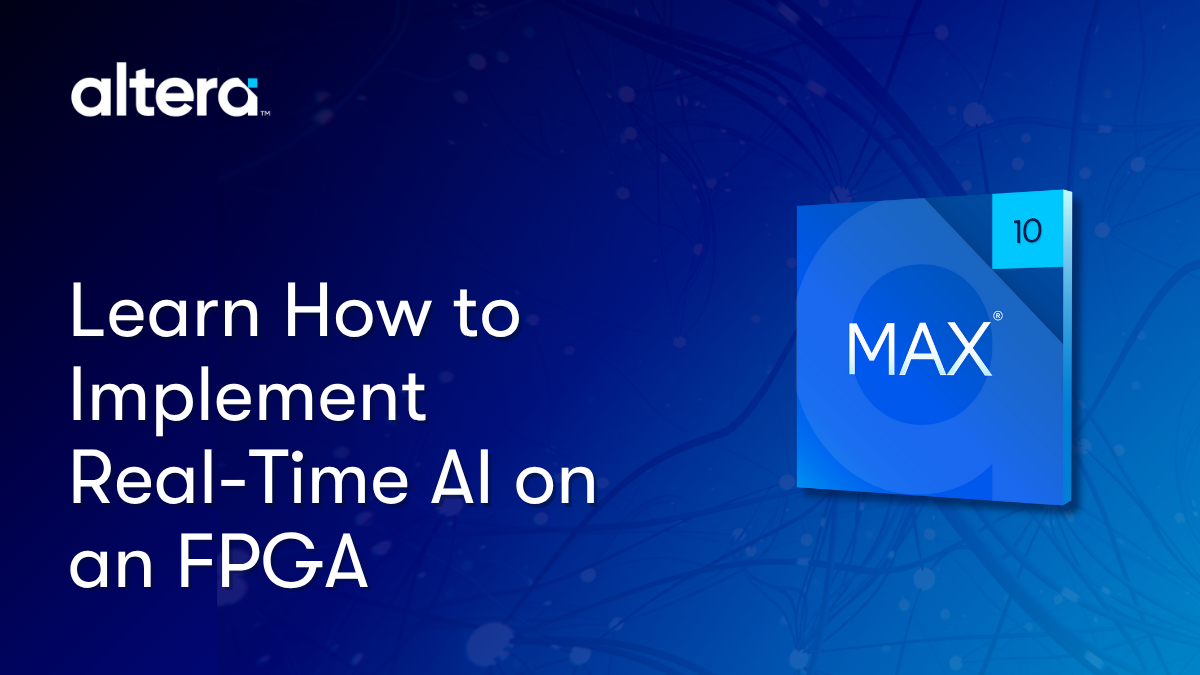 Synopsys recently announced their latest update to their LightTools optical design suite, which we’ve looked at before. The… um… focus (sorry) of this release appears to be on irregular light patterns and behavior.
Synopsys recently announced their latest update to their LightTools optical design suite, which we’ve looked at before. The… um… focus (sorry) of this release appears to be on irregular light patterns and behavior.
Any of us who dissected a flashlight as a kid likely understands that the light beam is round because the the “lens” (that cheap piece of flat plastic) is round that reflector thingy in the back is round.
So what if you want something that’s not round? What if you want something irregular, even organic? Tools have been able to handle that, but they require that you set up thousands of parameters to get it to work.
What Synopsys has done with this release is allow users to abstract those parameters to a few higher-level ones, like specifying the light source and the desired illumination pattern. The latter, of course, if it’s a complicated shape, can still be complex to define, but apparently it’s far easier – and more intuitive – than what has been required to date.
Because you can specify any shape under the sun, these are referred to as “freeform optics.” The lenses can end up with some strange shapes, but the good news is that the tools calculate the shapes from the specified higher-level characteristics.
The lenses and reflectors we’re mostly used to are smooth and continuous. But that’s not been the case for a particular class of light, originating with headlamps on cars. Their design challenge is to create a bright spot on the road and illuminate signs and other features – and wild animals – without blinding oncoming traffic.
So faceted reflectors have been used in this application. Instead of being continuously curved, you can think of these reflectors as being piecewise curved: except at the facet transitions, each point is on a flat surface. The shapes, angles, and positioning of the facets are what determine where the light goes.
So the driver’s side headlamp cuts off the top of the beam to limit how much it hits an oncoming driver. The passenger side light, however, is allowed to shine higher since there are no oncoming drivers on that side, while there are street signs. Such lights are also used for streetlights and architectural lighting, both situations where you might want to control the placement of light.
The latest LightTools release allows designers to specify the desired light spread for different facets and have the tool design the reflector.
Meanwhile, it turns out that phosphors used in LEDs have temperature-dependent properties. The latest LightTools now models that behavior so that lighting can be designed to deliver as promised across temperature.
And finally, while many common materials have scattering properties that LightTools understands already, they’ve now added the ability to specify custom scattering – useful for new, proprietary materials. The custom scattering algorithm is compiled into a DLL, so performance is not significantly diminished from scattering algorithms that the tool supports natively.
You can find more in their announcement.
(Image courtesy Synopsys)




